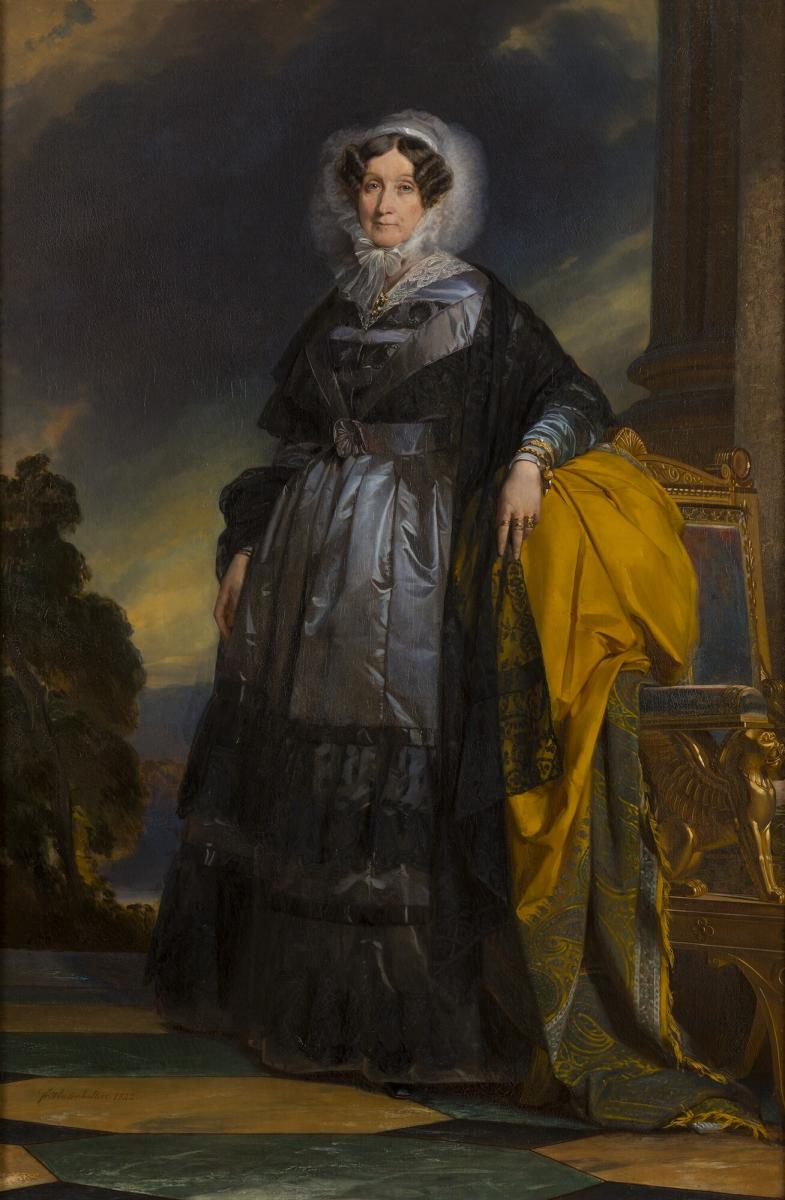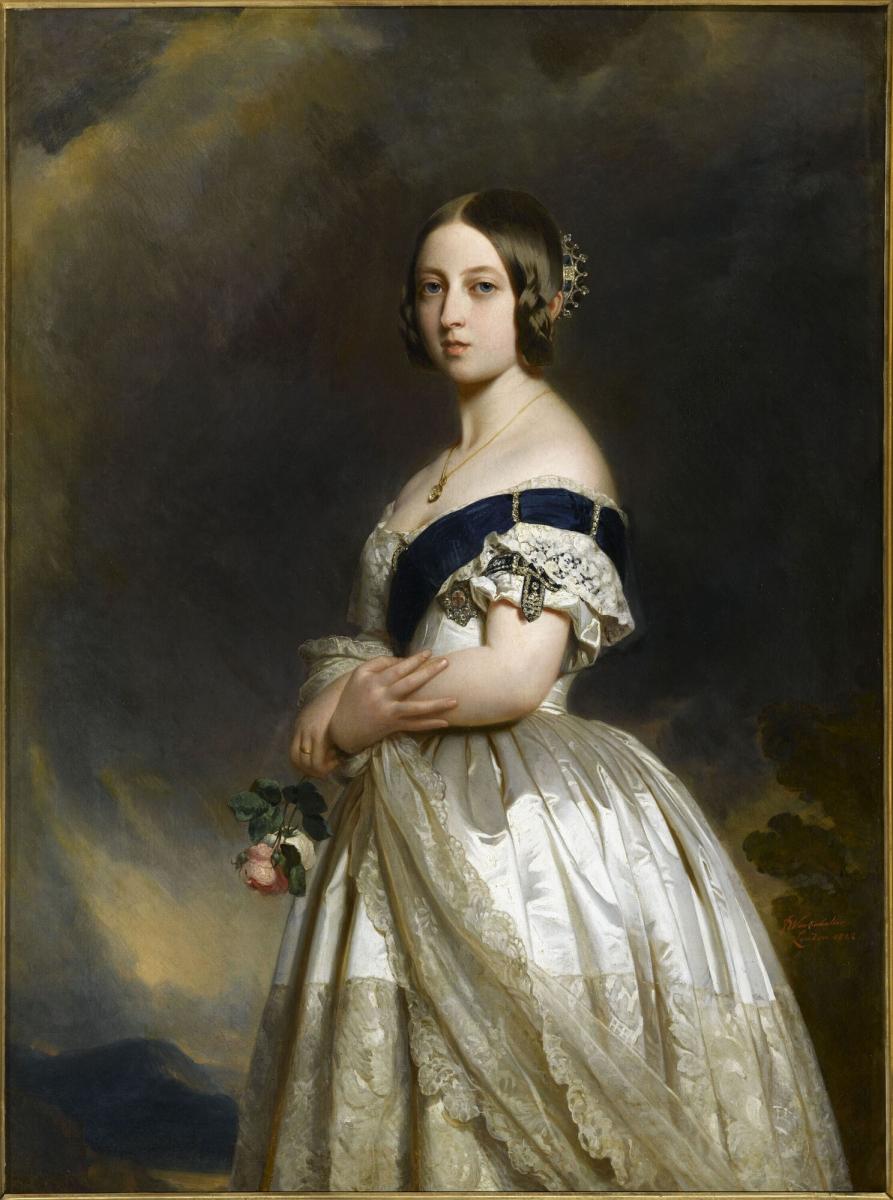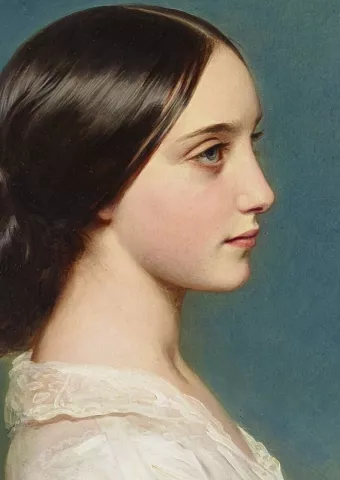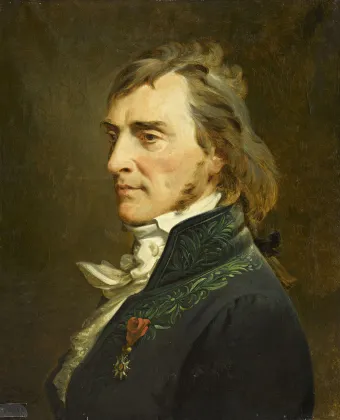Training
Originally from the Black Forest in the Grand Duchy of Baden, Winterhalter received his training from 1818 onwards in Fribourg in drawing and engraving, before moving to Munich in 1823 where he studied under the portraitist Joseph Karl Stieler (1781-1858). He benefited from the protection and support of the Grand Dukes of Baden, allowing him to pursue his studies and stay in Italy from 1832-1834.

Louis-Philippe I, King of the French and the Charter of 1830
Winterhalter, Franz-Xaver
1839
© Château de Versailles, Dist. RMN / © Christophe Fouin
Portraitist
After returning to Karlsruhe in the summer of 1834, he left for Paris in December, where he remained until the fall of the Second Empire in 1870, with an interruption during the Revolution of 1848.
The royal family first heard of him in 1838 and found in him the portraitist they had been looking for. He succeeded Gérard, Gros, Lefèvre, Hersent, etc. and was first honoured in 1839 with the commission of the official portrait of Louis Philippe I, and then that of his entire family in the following years. He was introduced to the British royal family by the eldest daughter of the King of France, Louise d’Orléans, Queen of the Belgians, and became Queen Victoria’s favourite portraitist. He subsequently spent a period with the queen every year for twenty years.

Eugénie-Adélaïde-Louise d'Orléans, Mademoiselle de Chartres, known as Madame Adélaïde
Winterhalter, Franz-Xaver
1842
© Château de Versailles, Dist. RMN / © Christophe Fouin
After leaving Paris at the time of the Revolution of 1848, it was not long before he returned, becoming the preferred portraitist of the Second Empire. He painted Empress Eugénie, several times, including a famous portrait in 1855 of the Empress surrounded by her ladies in waiting (Château of Compiègne).
Over the course of his long and fruitful career, he also painted the King and Queen of the Belgians, Leopold I and Louise, the Queen of Spain, Isabella II, the Austrian rulers, Franz Joseph and Elisabeth–Sissi–in 1865, and several other royal, princely, aristocratic and wealthy individuals in Europe. After the fall of the Second Empire, he returned to Germany and lived in Frankfurt, where he passed away in 1873.

Victoria I, Queen of Great Britain
Winterhalter, Franz-Xaver
1842
© RMN (Château de Versailles) / © Gérard Blot
Hermann and Albert Grâfle
To meet the needs of his vast and demanding clientele, Winterhalter had a large studio where he worked in close cooperation with his younger brother, Hermann (1806-1891), and his friend, Albert Gräfle (1807-1889).













